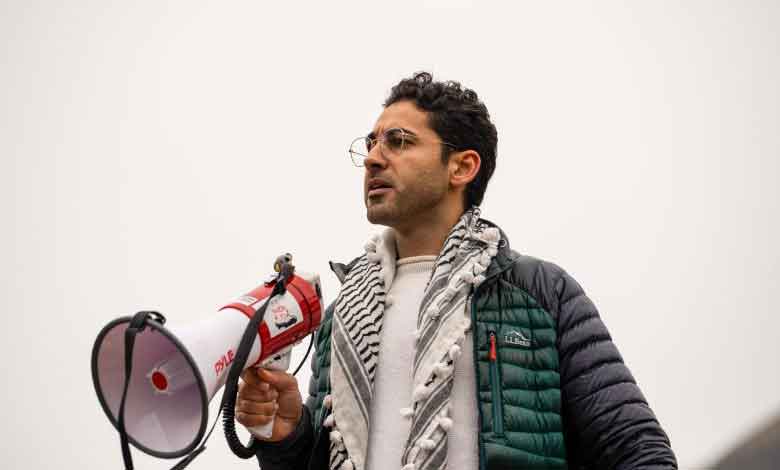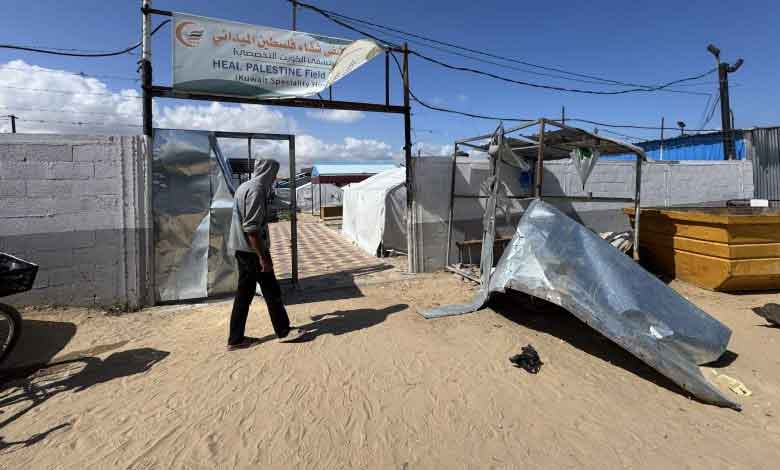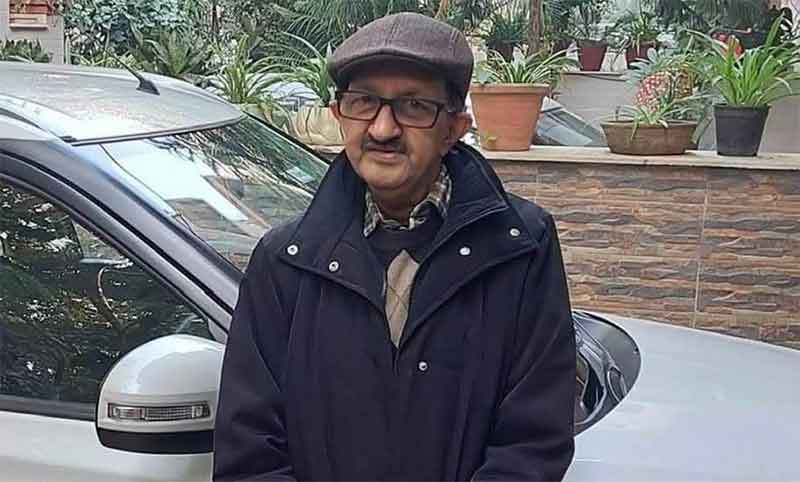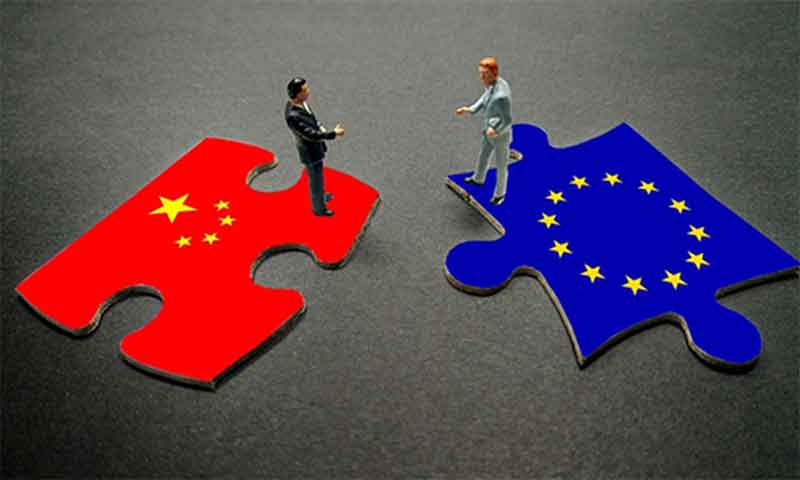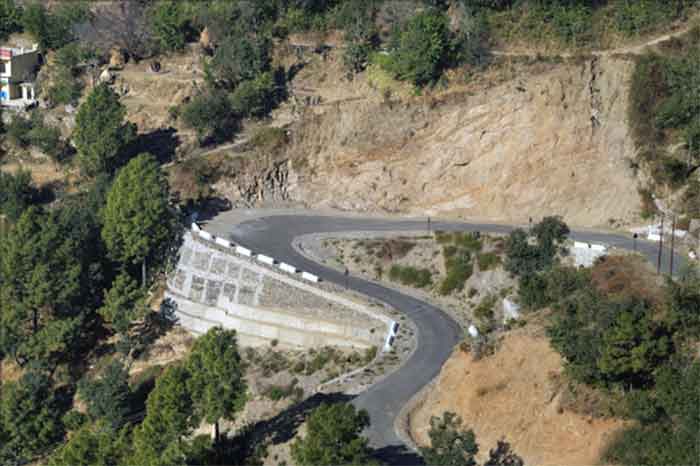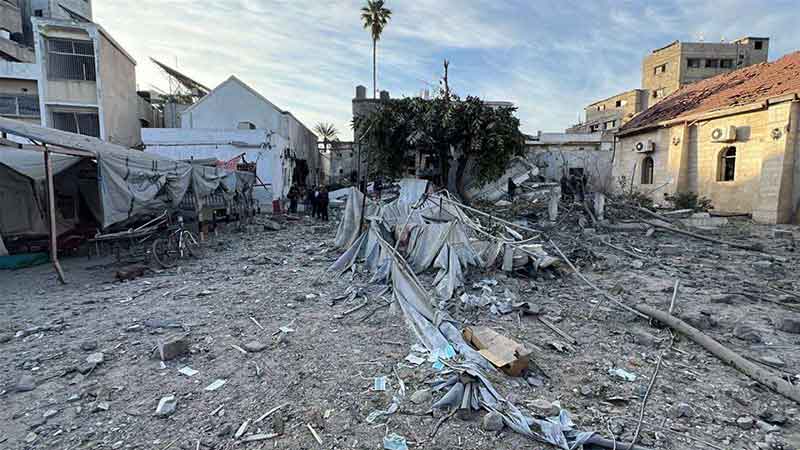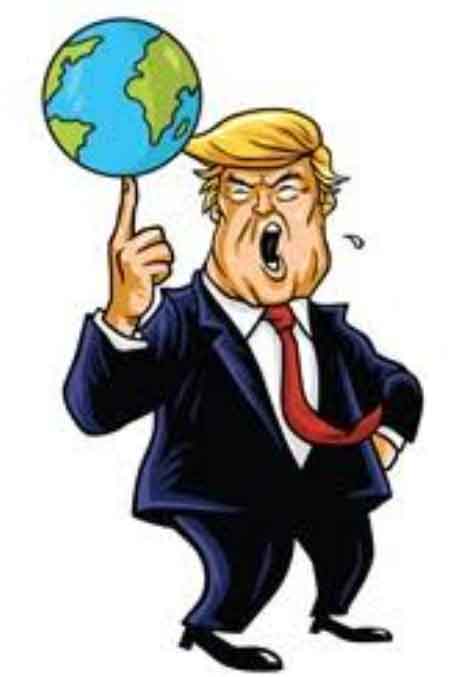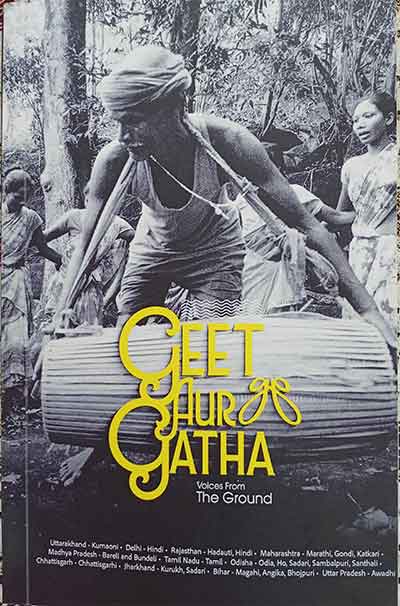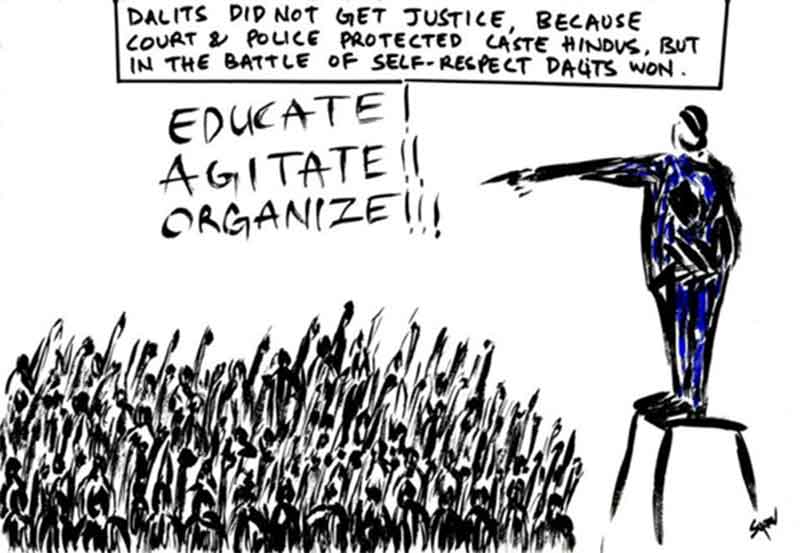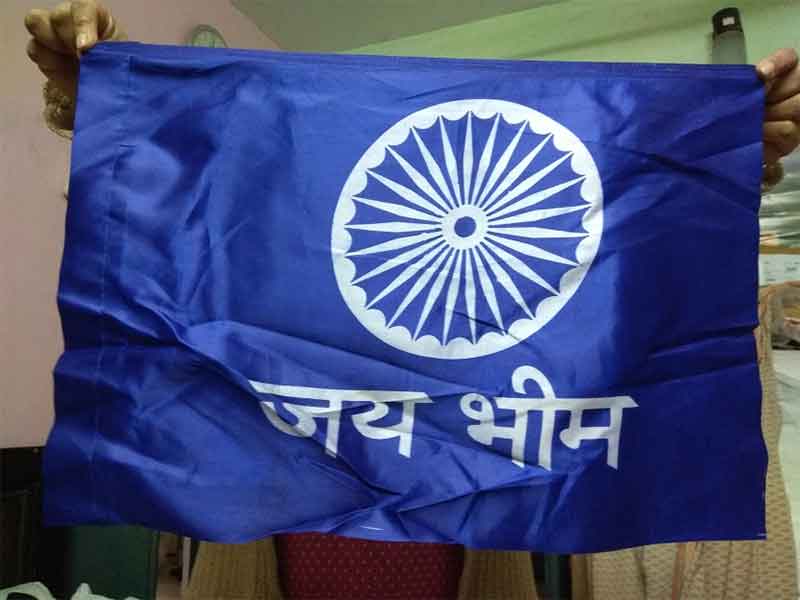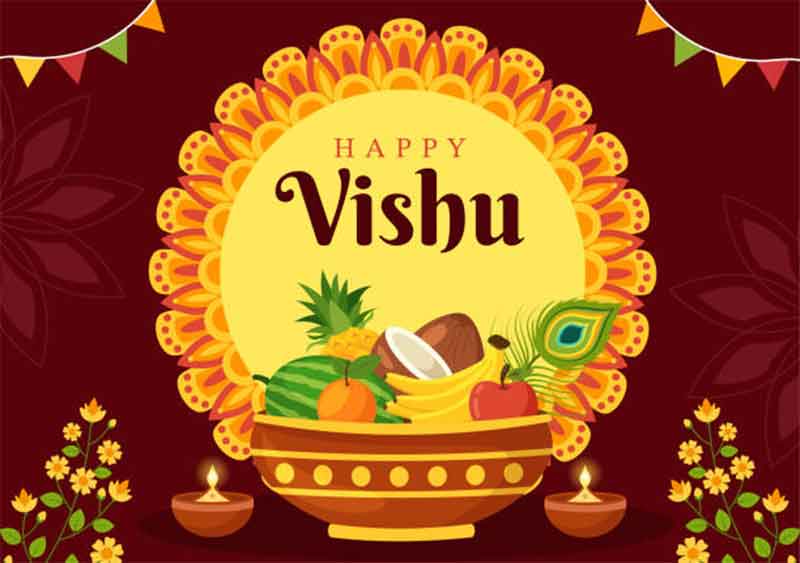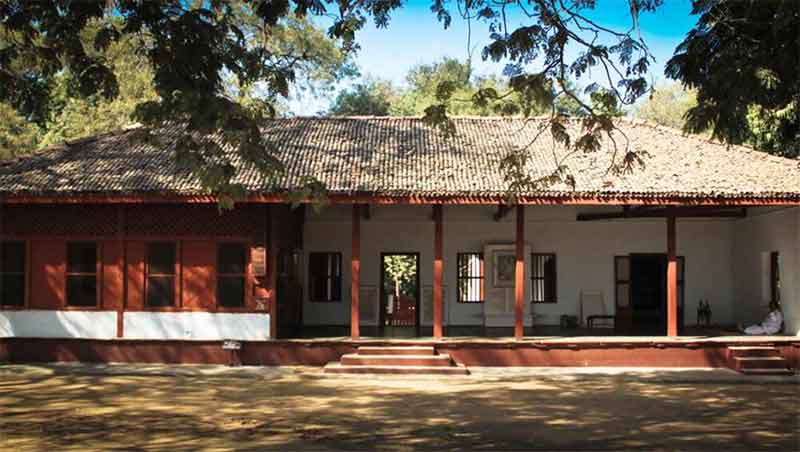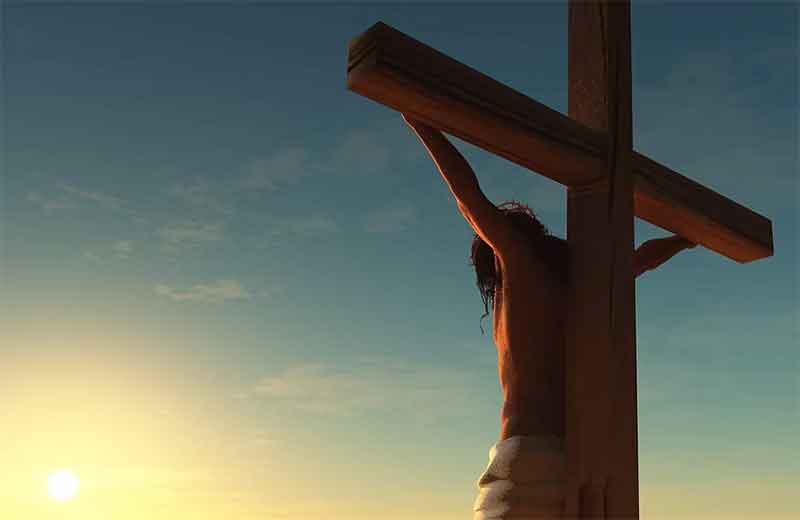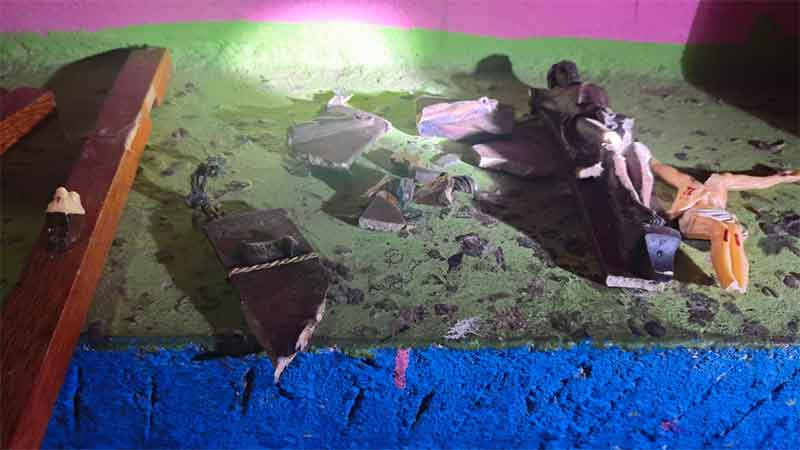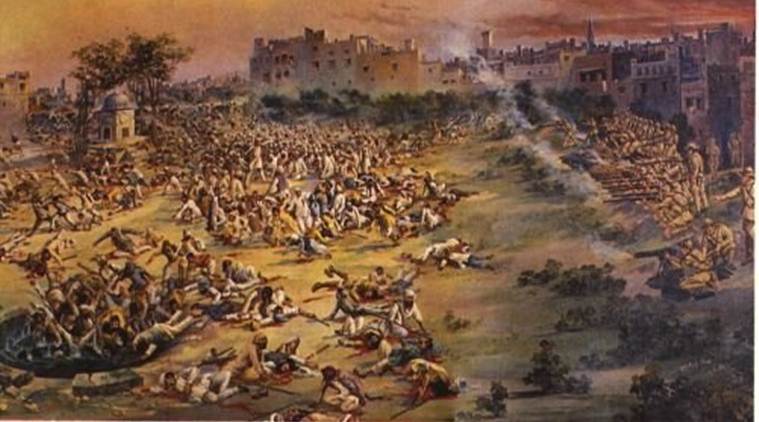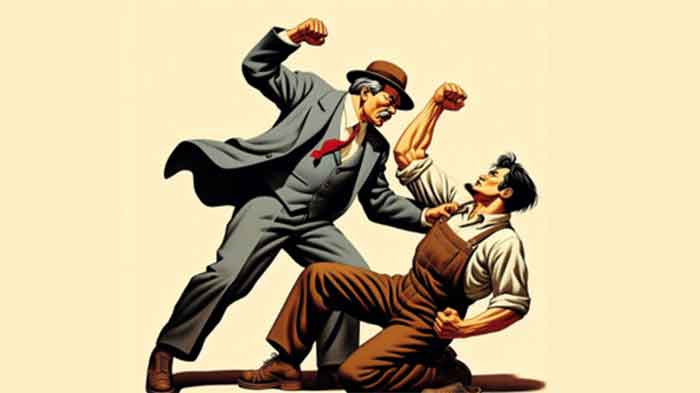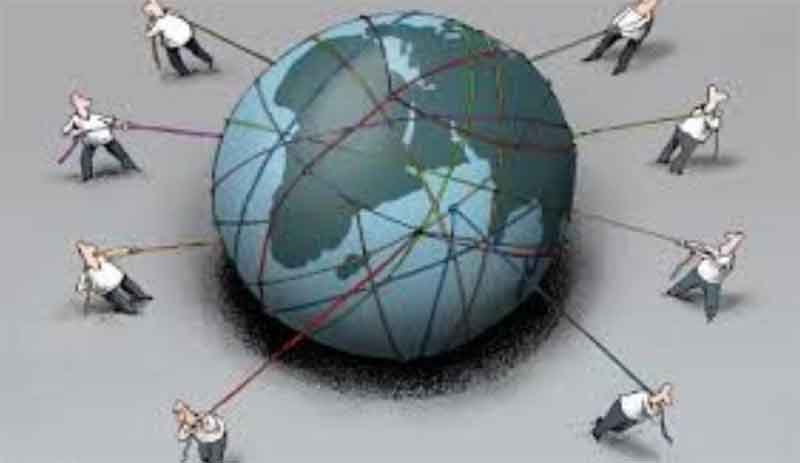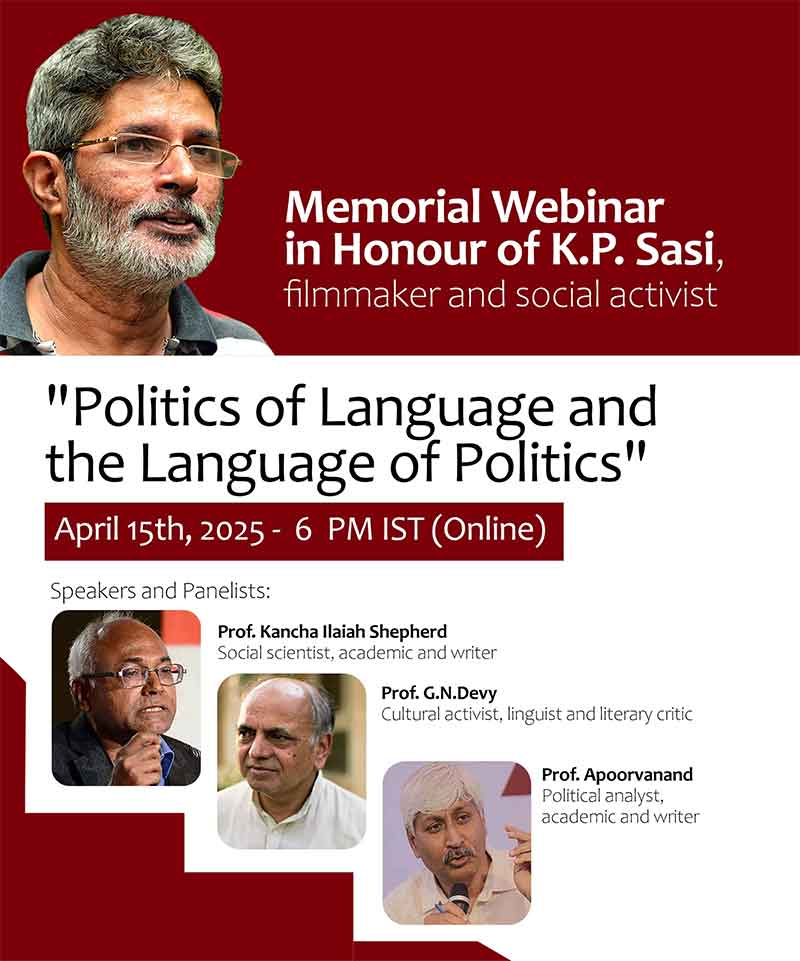Inducing Flag Waving Patriotism, Indian Media Stands Unmasked and Exposed
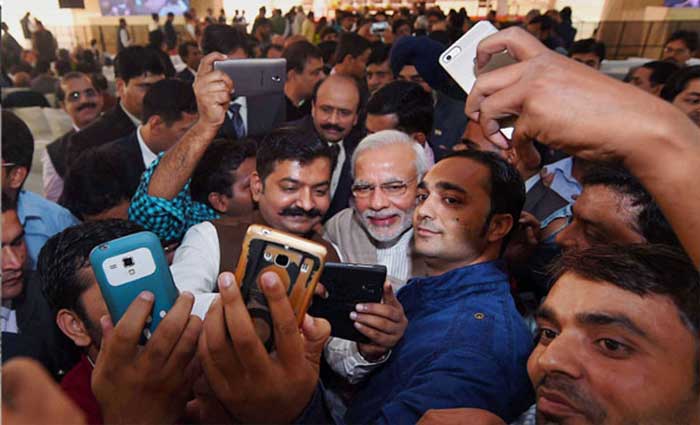
Since Independence, the Indian media has been a carrier of flag-waving patriotism. Anything that infringed New Delhi’s project of ‘nation-building’ invariably fell into the ‘anti-national’ category deserving no sympathy or critical appreciation from the media. The Indian periphery- deep south, far west, Punjab, Kashmir, and north-east—have already experienced hostile press at some or other points of time in the past 70 years.
But earlier that jaundiced approach of the Indian media was least pinching for the liberal democrats as well as to the left thinkers and ideologues who have always been visualizing and pursuing the goal of seeing the partitioned Indian sub-continent as a ‘strong Indian nation’. The BJP and its Moditva politics have recently added another factor to their popular notion. The new addition– a hyperbole laced with violent implications– is that ‘Indian nation’ should be ‘great and strongest’ enough to “settle past scores with its ‘enemies’ and to crush them.”
Such ultra-nationalism is, otherwise, just an intensification of the earlier brand nationalism which wanted India to be a stronger nation in Asia. But the liberals and a larger section of the Left never sought that the projected veneer of ‘secular democracy’ should be shattered. They, however, oblivious of the fact that ‘populism’ of the earlier Congress rulers in the name of ‘strengthening India’s territorial unity and integrity’ was pivoted around the Hindi heartland and cow-belt entailing majoritarian religious-cultural ethos.
Liberals and secularists’ tacit acceptance of nationalism of the Congress brand was bound to throw up the Hindutva nationalism. Three decades-long of the Congress party rule after Independence had, thus, prepared a fertile ground for ultra-nationalism. In other words, the earlier brand of ‘nationalism’ required for building India as ‘a nation-state’ on the European model, was just twisted to create a ‘Hindu Rashtra’- the strongest version of ‘nation-state’. Previously the Congress chose to tackle growing dissent in the country’s periphery, not through the political process of ‘give and take’ as per the requirements of the federal set-up of India but sought to suppress dissent using dubious tactics and militarily oppression.
During post-Independence turmoil, the media stood by Nehru’s policies of retaining intact the previous centralised British administrative set-up and keeping up a tight grip over the territory India had inherited from the British. Historical events thereafter vouchsafe that Nehru had reluctantly agreed even to reorganise Indian states on a linguistic basis fearing that such a move might not lead to balkanisation. Nehru, as prime minister, ruled India during its formative period of 17 years after Independence. He pursued the practice of holding regular meetings with editors of national dailies who had been least critical of Nehru’s policies.
Fixed up in such nationalistic mould, the Indian media, later on, helped the proponents of ‘strongest India’ in spreading ‘hate’ against the identified ‘enemies’. The BJP’s that political moves polarised the Indian society and inculcated fear among citizens through the propagation of communal slogans raising the bogey of ‘imminent threat to the nation’. Votaries of ‘strongest India’ project Muslims, minorities, Dalits and a section of the Left as ‘enemies’ while consistently targeting Pakistan aiming to consolidate the majority.
As a result, tension and fear began to stalk every section of Indian society. Now, society sits on the edge of the volcano. While minorities and Dalits are facing genuine existential threats, the majority too is gripped with imaginary fear pertaining to impending ‘threats to the nation’. Curiously, we find mainstream Indian media – both print and broadcast- has remained uncritical to the peddlers of such fear–the Modi regime. Rather it joins the fear-mongers and becomes propagandist for them. That is why the media refrains from questioning the Pulwama and Balakote episodes and the regime’s flaunting against Pakistan.
In the fresh case of Kashmir, the media turns out to be more supportive of the degradation Jammu and Kashmir status and least bothered about what happened to those millions of people who got caged up in their houses following heaviest deployment of the military with no or restricted communications with the outside world for two months. Obsessed with ‘India first’, the mainstream Indian media rarely came out with facts about what trials and tribulations faced by the entrapped Kashmiris. To know some iota of truth about Kashmiris one has to switch over to BBC and other foreign media. Similar media blockades Punjab had witnessed during the troubled period in the 1980s. Similarly, the truth about the scary developments in the North-east remained elusive in the media ever since New Delhi initiated its so-called counter-insurgency program six decades ago.
Indian Media’s legacy
“Independence saw qualitative and quantitative changes in the character of the press in India”, observed eminent journalist GS Bhargava. “It was a transition from a cause-oriented service to a profit- yielding quasi-industry”.
During pre-Independence, the British-owned Anglo-Indian newspapers like Times of India and Statesman were being run on commercial lines with advertisement support from the British commercial interests – collectively called Clive Street in Calcutta. Since these newspapers opposed the nationalist movement they got the patronage of the British Indian government in forms of bulk purchase of copies and subsidised newsprint.
After Independence, these newspapers including Pioneer and Civil and Military Gazette in Lahore came into the hands of Indian traders who were yet to become industrialists in the real sense. Indian owned newspapers like The Hindu, Hindustan Times, National Herald, Sainik and Aaj (Hindi) et al were financially tottering during the British period but they brought out nationalist news and comments.
To circumvent draconian Defence of India Act with an array of press laws for pre-censorship during the British regime, the All India Newspaper Editors Conference (AINEC) got associated with the British Press Advisory System to “avoid a clash with authorities.”
That tendency of ‘avoiding a clash with authorities’ came to stick with the Indian mainstream press which, later, turned into an ‘association with the authorities’ after the Independence. Such transition was natural with Indian traders becoming the media owners. The transition of media owners from the traders to industrialists further cemented the media houses’ association with the authorities. It is a well-known fact that the industrialists could survive and thrive only with the support from the government and patronage from the rulers of the day. The media houses gradually became media monopolists too and began toeing the Indian establishment line.
Moreover, the industrialists always prefer a larger market of an Indian expanse to operate. And that is why they stood for a centralised unitary India that coincided with the goal of earlier Congress rulers who had retained the Indian unity with a strong centre by hook and crook. Pre-Independence idealism of the Press for preserving freedom and promoting democratic values as its ‘mission’ got slowly faded down with the media houses moving towards industry and later to assume the bigger scale of becoming corporate houses.
The journey of the media houses to the industry, however, involved fierce competition among newspapers for raising their respective circulations to earn maximum revenue from advertisements. Times of India was the first one to indulge in that unethical ‘price war’ reducing the rate of its copy just to Re 1.50. Other media houses also reluctantly followed suit which resulted in sky-rocketed their circulations in lakhs in the early 1990s. It is worth recalling that in 1952, the First Press Commission had noted down that there were only 330 dailies in the country with a total circulation of 30 lakhs.
In the 1990s, the Indian mainstream print media witnessed a spectacular growth and also a notable hike in advertisement revenue. With overdependence on advertisement revenue and slashing of newspaper prices, the print media became more responsive and attuned to the requirements of masters of advertisements – the industry and the government. The media almost ceased to be accountable to readers and subscribers who were the least contributors to the newspaper’s income. There is a thumb rule that the capitalist democratic regime that it maintains a semblance of ‘free press’. And the Industry always works in tandem with the government of the day. This is fully applicable to India too.
Viewing against the above background, the mainstream media now requires ‘business executives’ in place of ‘editors’ to mobilise more advertisement revenue and to remain on the positive side of the government of the day. Interestingly, the revenue model itself conditions the media — officially characterised as ‘Entertainment and News Industry’– to toe not only the government line but to carry the political agenda of the rulers which may be xenophobic or hysterical. Business executives are more visible in electronic media which predominates the media industry in India now.
In other words, one can say the mandate of the mainstream media has become ‘nationalism’ (India-first) which has taken over the previous journalistic mandate of working for preserving democratic and civil rights in a parliamentary democracy.
Western Media scene: Ironically, similar developments have also taken place in Western mature democracies too. In the US, journalistic integrity also witnessed a sharp decline and of late, the media has become a ‘willing tool’ of the state. The US media now chooses to remain, mum, particularly when America following its imperialistic policies sends troops to other countries on the pretext of crushing ‘terrorism’ there or curbing threats to the world’s peace. It is a known fact that US military expeditions had resulted in severe destruction of indigenous societies and heavy bloodshed of civilians after the Second World War.
Barring two investigative stories that captured the public imagination in the 1970s the US press has not gone for any other larger expose. The Watergate expose by Washington Post forced President Nixon to step down and publishing of Pentagon paper by the New York Times uncovered the barbaric bombing of civilians in Vietnam.
The post 9/11 period witnessed the enactment of various black laws by the US establishment that infringes on the civil rights of the citizens. But all that escaped critical eye of the media there. The US media rather went on nationalistic over-drive when President Bush sent troops to Iraq and Afghanistan. The US media persons also became embedded with the invading troops and whipped up phobia against Islamic nations. The US having supremacy with a near-monopoly over information network in the world, gets its news and features published in a larger section of Indian media too. In this way, the US media has been supplementing ‘Islamic phobia’ to the Indian media which has already been dominated by pro-Hindutva journalists.
Media scholars such as Edward Herman and Noam Chomsky argue in the US context that “when it comes to the national interest, the issues of economic, military, and foreign policy the press is more conservative than liberal and more lapdog than watchdog.” This observation is fully applicable to the Indian media too.
The Indian media seemingly ‘goes to war’– as media critic Anthony Dimaggio averred in the context of US troops invading Iraq– when New Delhi takes up the Kashmir and Pakistan issues. In such circumstances, the Indian media passionately follows the establishment line.
Even otherwise, Herman and Noam Chomsky observed that “the mainstream media inculcate and defend the economic, social and political agenda of the privileged groups that dominate the domestic society and the state. The media serves this purpose in many ways: through the selection of topics, distribution of concerns, framing of the issues, filtering the information, emphasis, and tone, and by keeping the bounds of debate within acceptable premises”.
Anthony Dimaggio study on the American media is quite applicable to the Indian media that propaganda of the Modi regime is not being physically forced on the editors and journalists, rather they “willingly adopt such propaganda by restricting the public debate to the spectrum of agreement or disagreement expressed by the political elite”.
As the darkness has enveloped the Indian journalistic sky, still, there is some grey areas, some swathes of ‘alternative media’ are visible but only to those who are out to fight against proponents of ‘rashtravaad’.
References:
‘The Press in India- An Overview’ by G S Bhargava, NBT India, 2005
‘The World According to Washington-An Asian View’ by Patwant Singh, published in 2004, Rupa &Co
‘When Media Goes to War-Hegemonic Discourse, Public Opinion, And The Limits of Dissent’—by Anthony Dimaggio ,2012 Aakar
‘When Media Becomes the Message- Niira Radia Tapes: Ethics on the line’ by Journalists for Society 2010
Jaspal Singh Sidhu writing on media, politics and social issues can be reached at e-mail: [email protected]
SIGN UP FOR COUNTERCURRENTS DAILY NEWS LETTER

